Marble
What is Marble?
Marble is a natural stone, formed under the Earth. Therefore, the stone can be classified as a Metamorphic rock. This means that over time, layers upon layers of limestone & calcium carbonate were subjected to heat and pressure. This creates the beautiful stone pieces that we use to make your dream project. The black and white swirls and colors throughout the stone are made from mineral deposits like clay, silt, sand, iron oxides or chert. The stone is then quarried from the Earth in big chunks or “slabs”. Your countertops are custom cut from these slabs to your exact measurements.
How Marble Forms
Limestone, the source material for marble, forms when calcium carbonate precipitates out of water or when organic debris (shells, coral, skeletons) accumulate. Marble forms when limestone experiences metamorphism. Usually, this happens at a convergent tectonic plate boundary, but some marble forms when hot magma heats limestone or dolomite. The heat or pressure recrystallizes calcite in the rock, changing its texture. Over time, the crystals grow and interlock to give the rock a characteristic sugary sparkling appearance.
Other minerals in marble also change during metamorphism. For example, clay recrystallizes to form mica and other silicates.
Marble is found all over the world, but four countries account for half of its production: Italy, China, Spain, and India. Probably the most famous white marble comes from Carrara in Italy. Carrara marble was used by Michelangelo, Donatello, and Canova for their masterpiece sculptures.
Properties
The visible crystals in marble give it a characteristic granular surface and appearance, but there are other properties used to identify the rock.
Marble is considered to be a strong, hard stone, even though its primary mineral, calcite, only has a Mohs hardness of 3. Marble can be scratched with a metal blade.
Marble tends to be light in color. The purest marble is white. Marble that contain a lot of bituminous material may be black. Most marble is pale gray, pink, brown, green, yellow, or blue.
Marble fizzes upon contact with dilute hydrochloric acid.

Rajnagar White
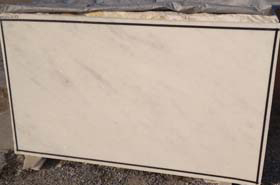
Indian Statuario
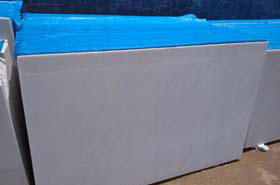
Morwad Super White

Nizarna White

Katni Beige

Udaipur Green

Antic Black

Spider Green

Imperial Dark Green

Udaipur Pink

Rosa Pink

Wonder White

Wonder Beige

Indian Onyx
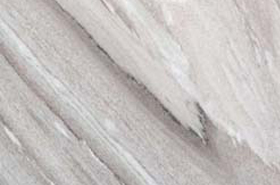
Bruno White Wave

Bruno White Cross

Soapstone Gold

Soapstone Green

Fantasy Brown

Fancy Green

Fancy Gold

Fancy Brown

Imperial Green

Forest Green

Dark Green

Parlato Queen Beige
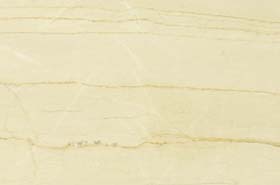
Parlato Queen
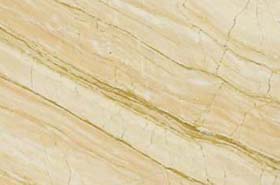
Parlato Queen Rosso
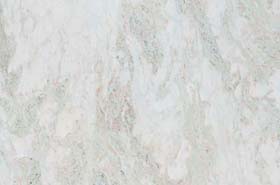
Lady Onyx

Raymond Silver

Red Elekanta
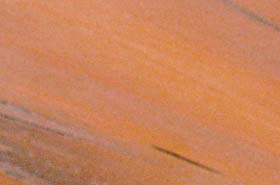
Maharani Pink
2019 avilongranites.com. All rights reserved.
